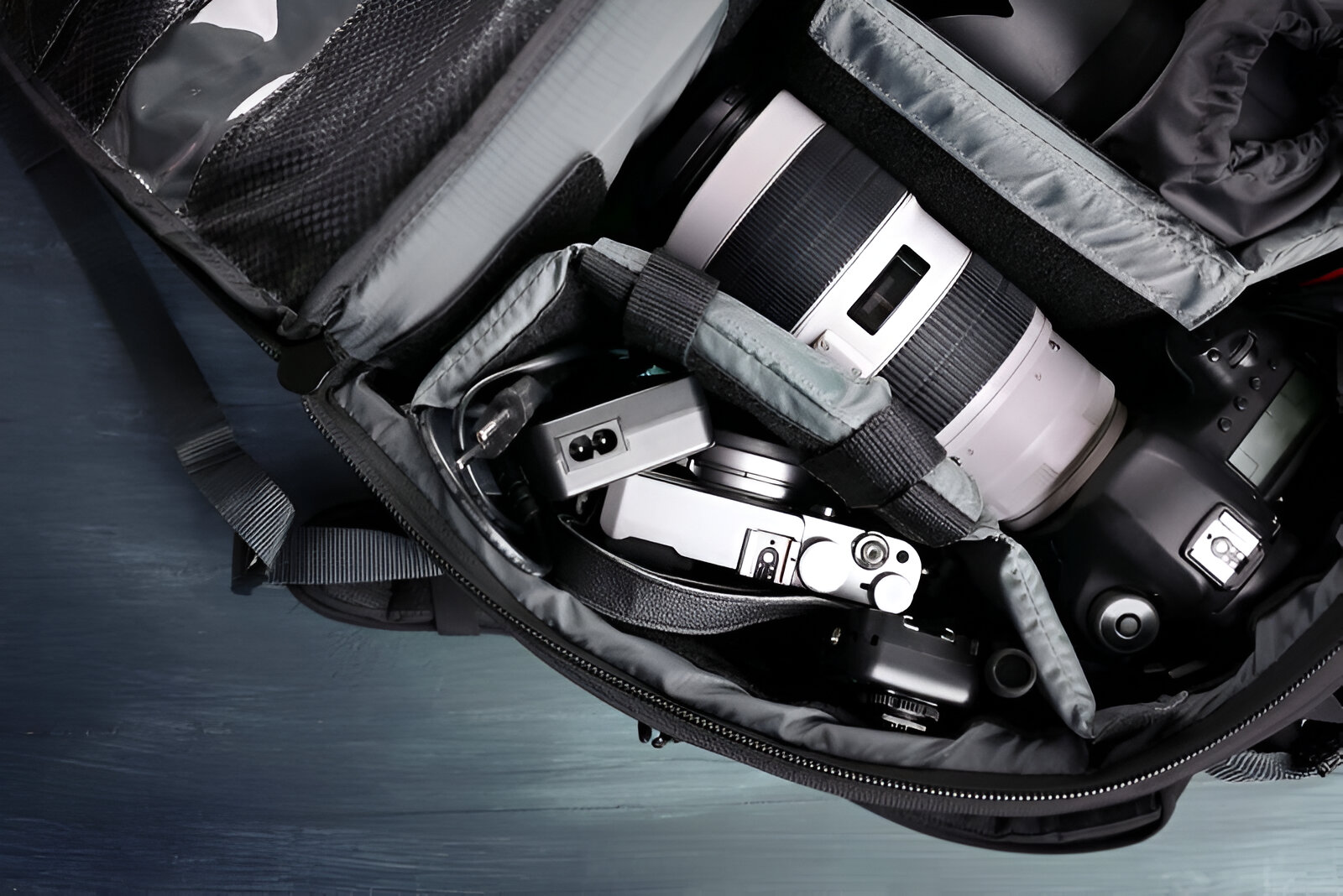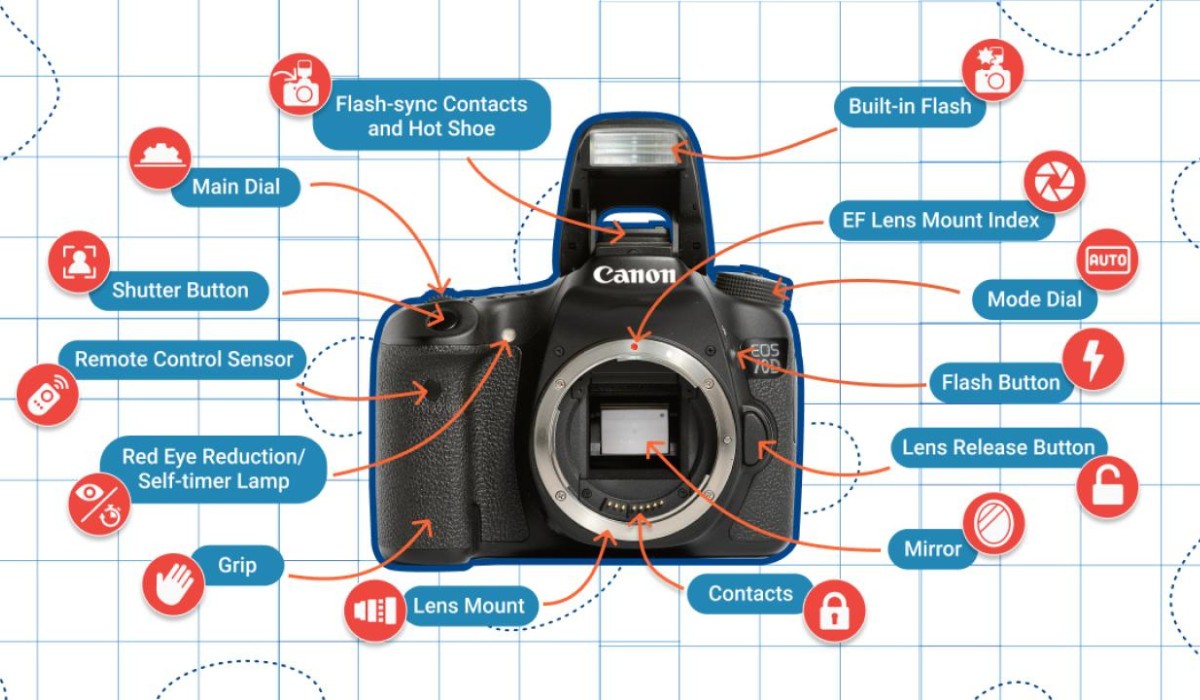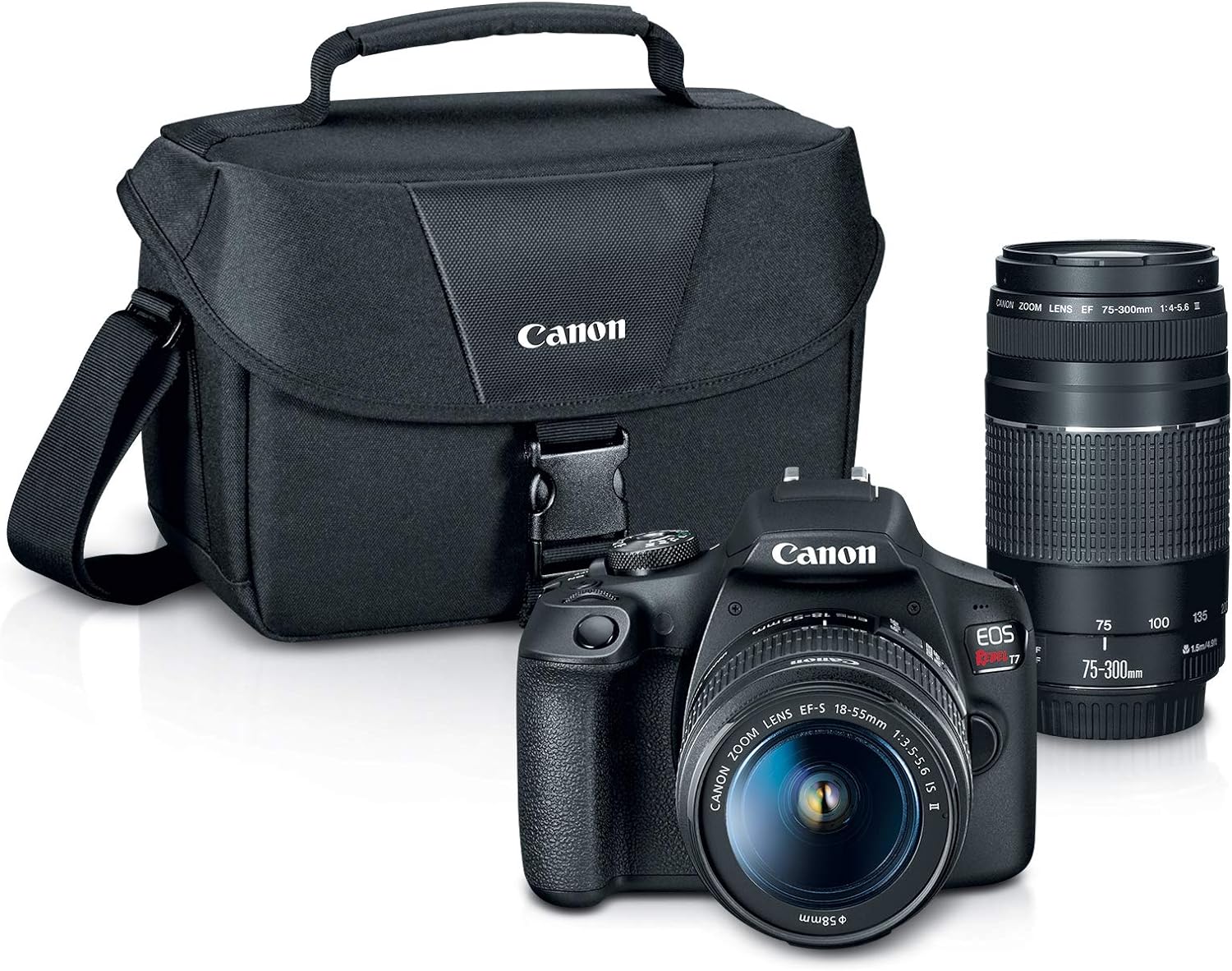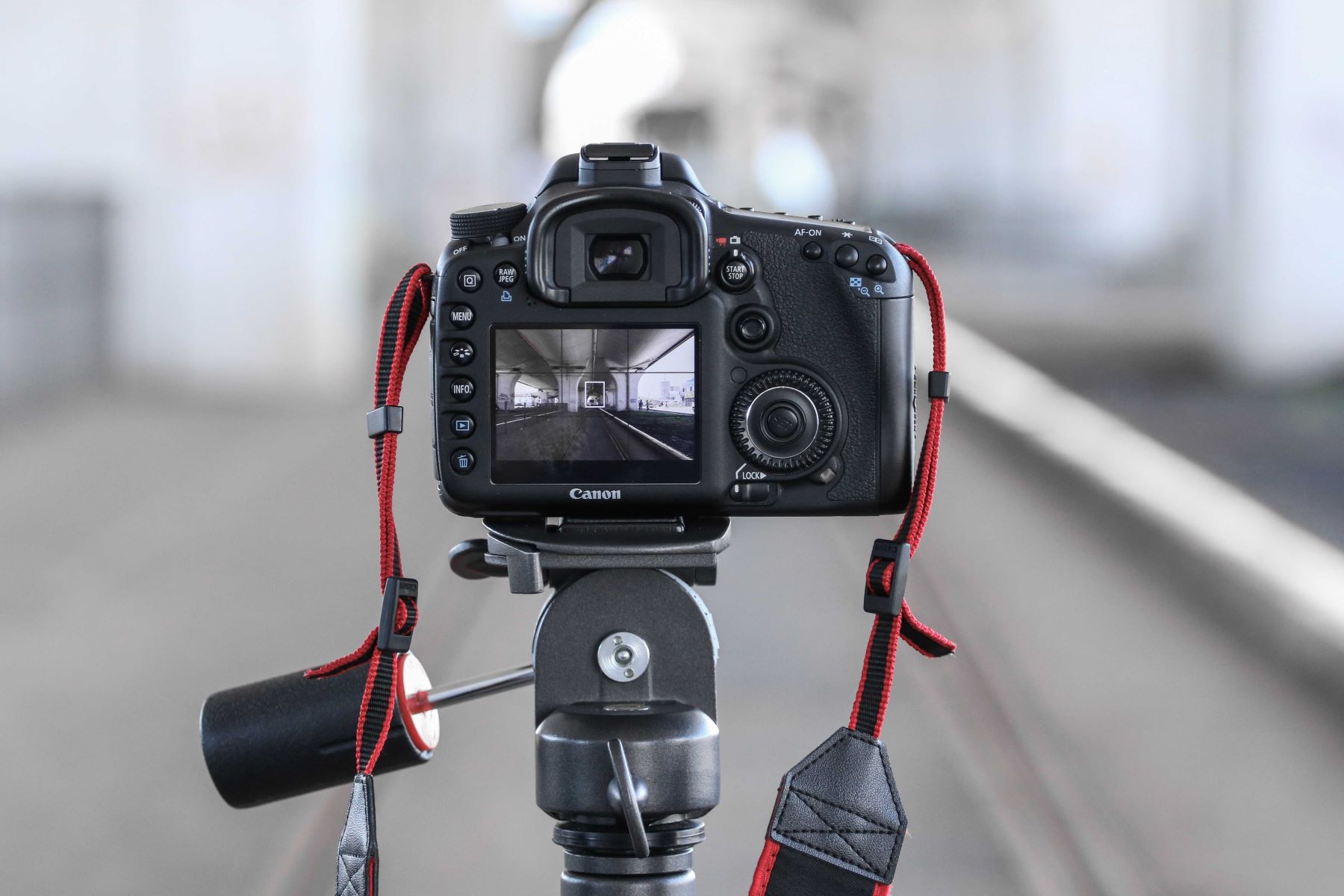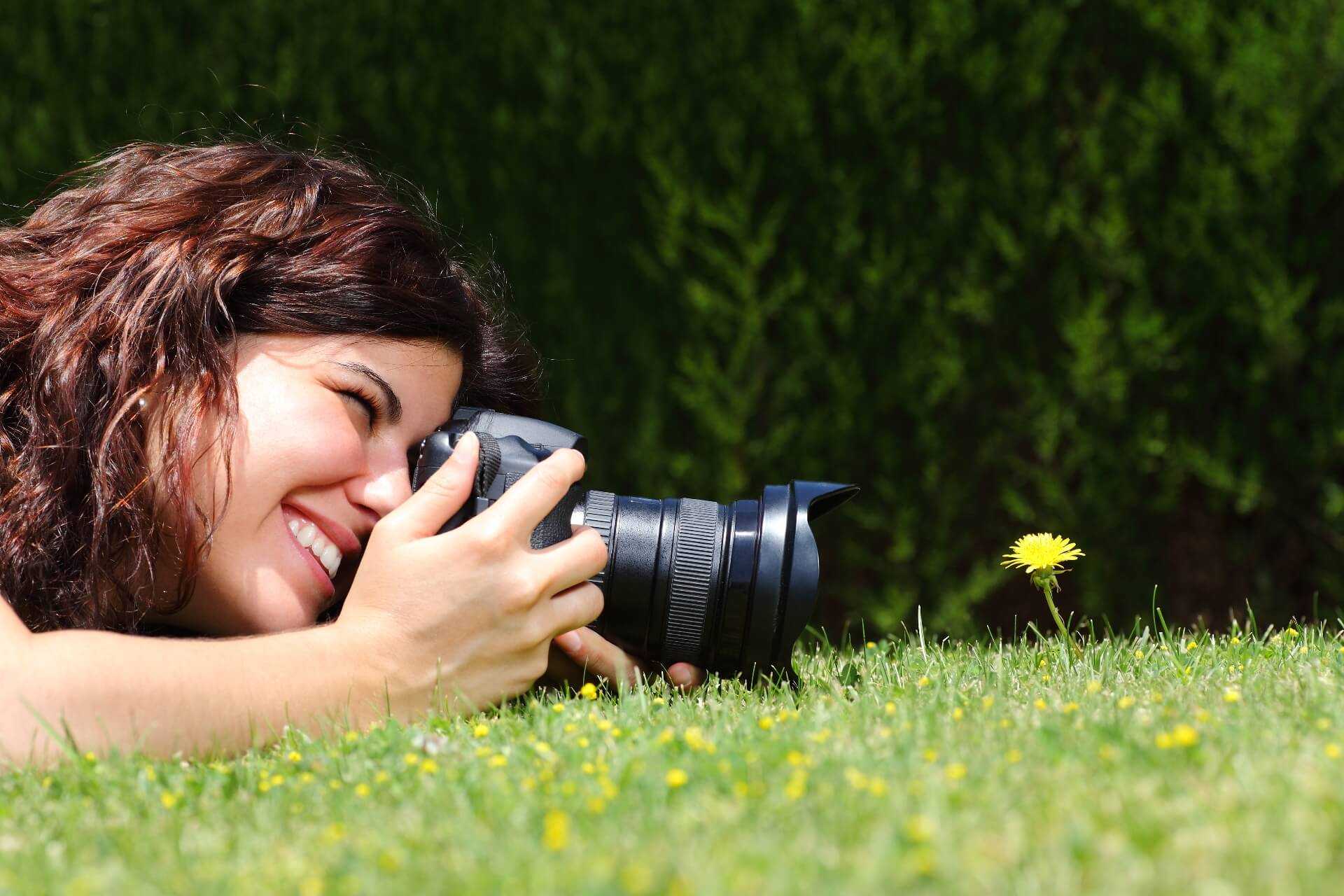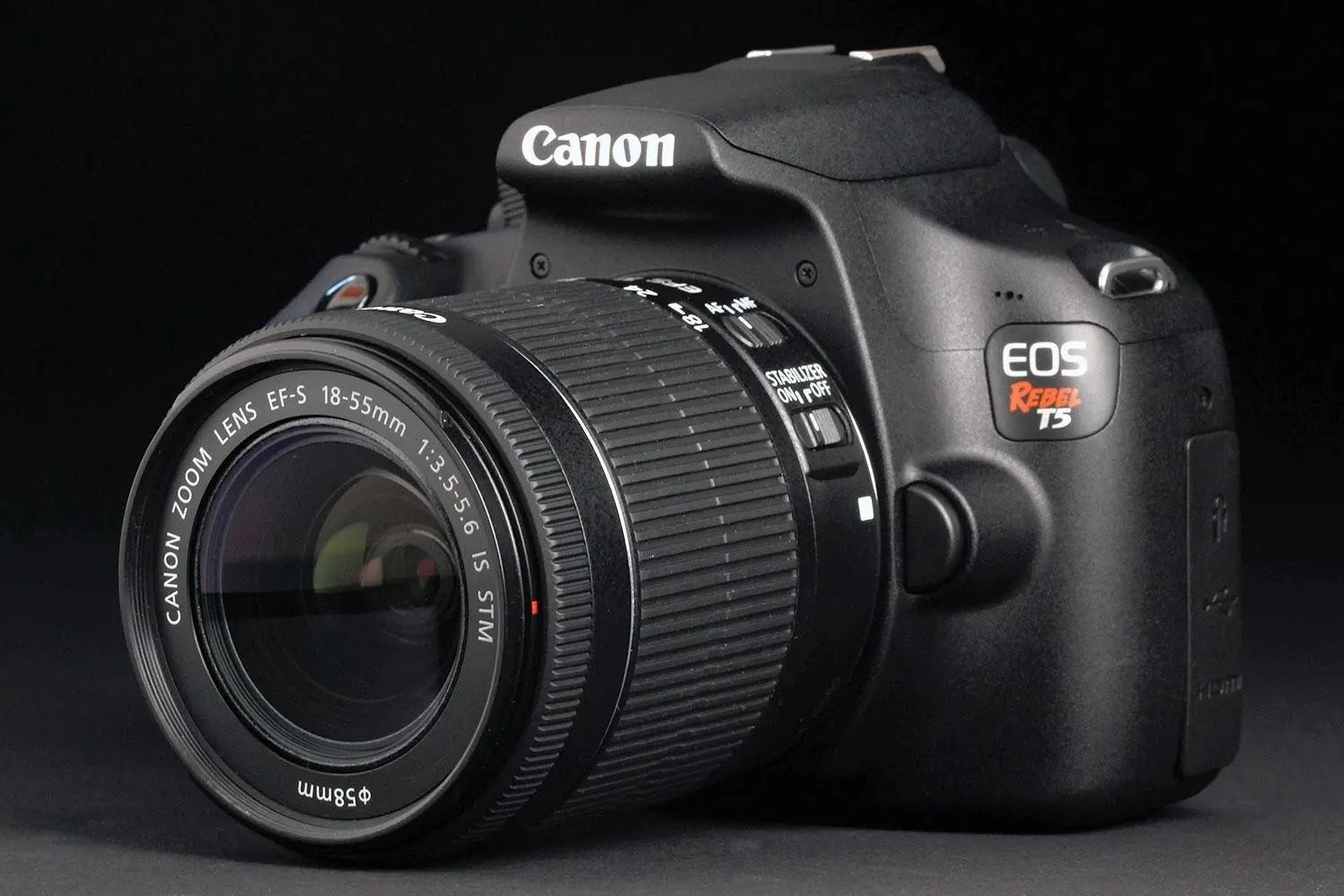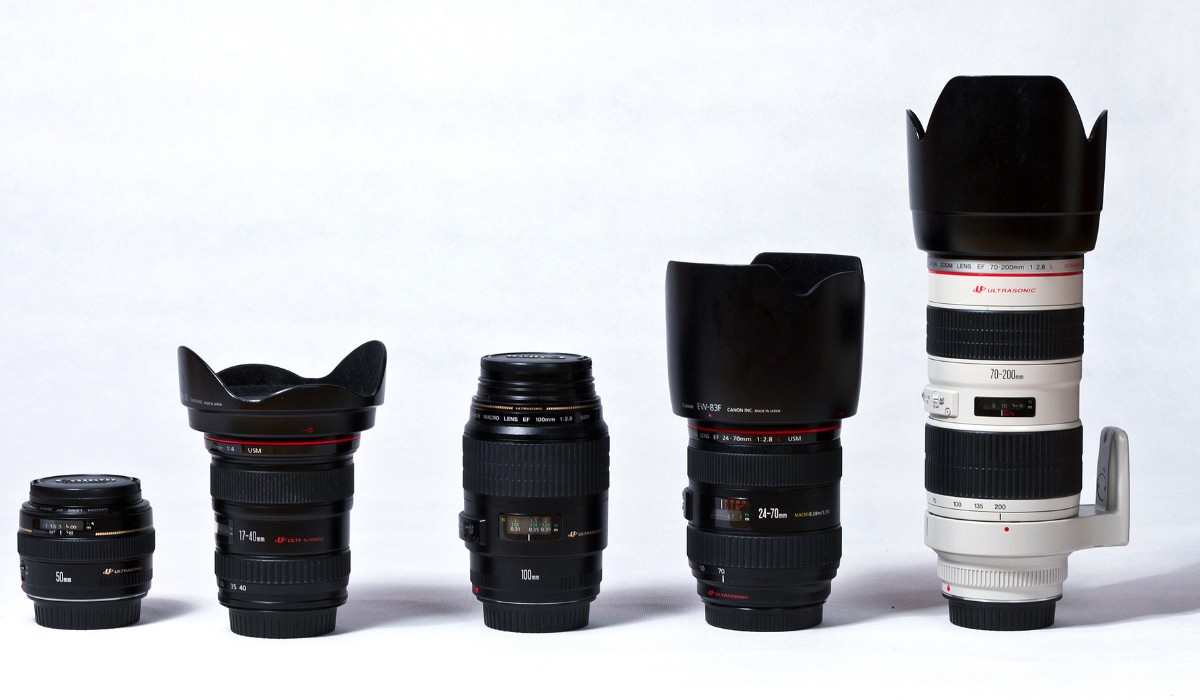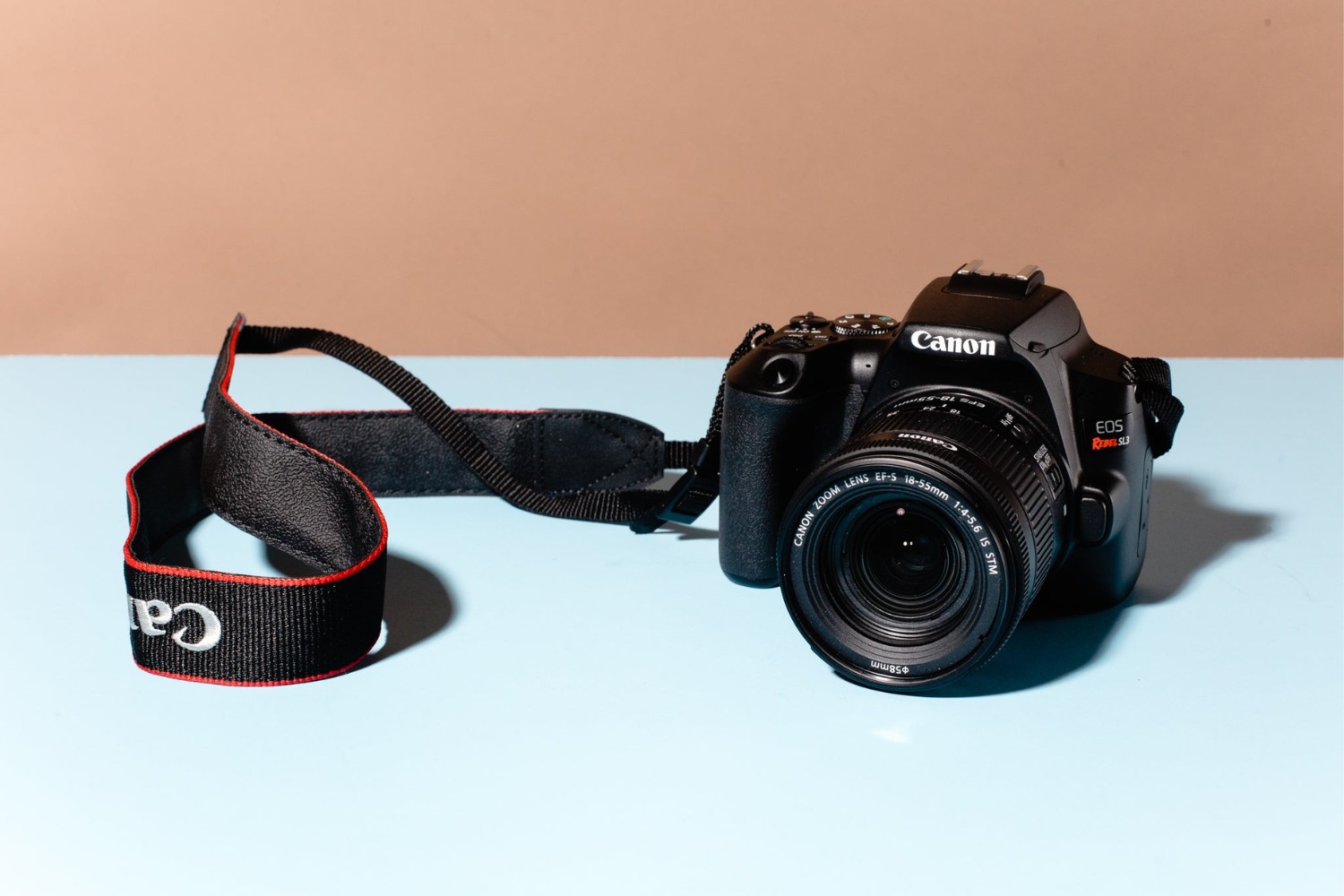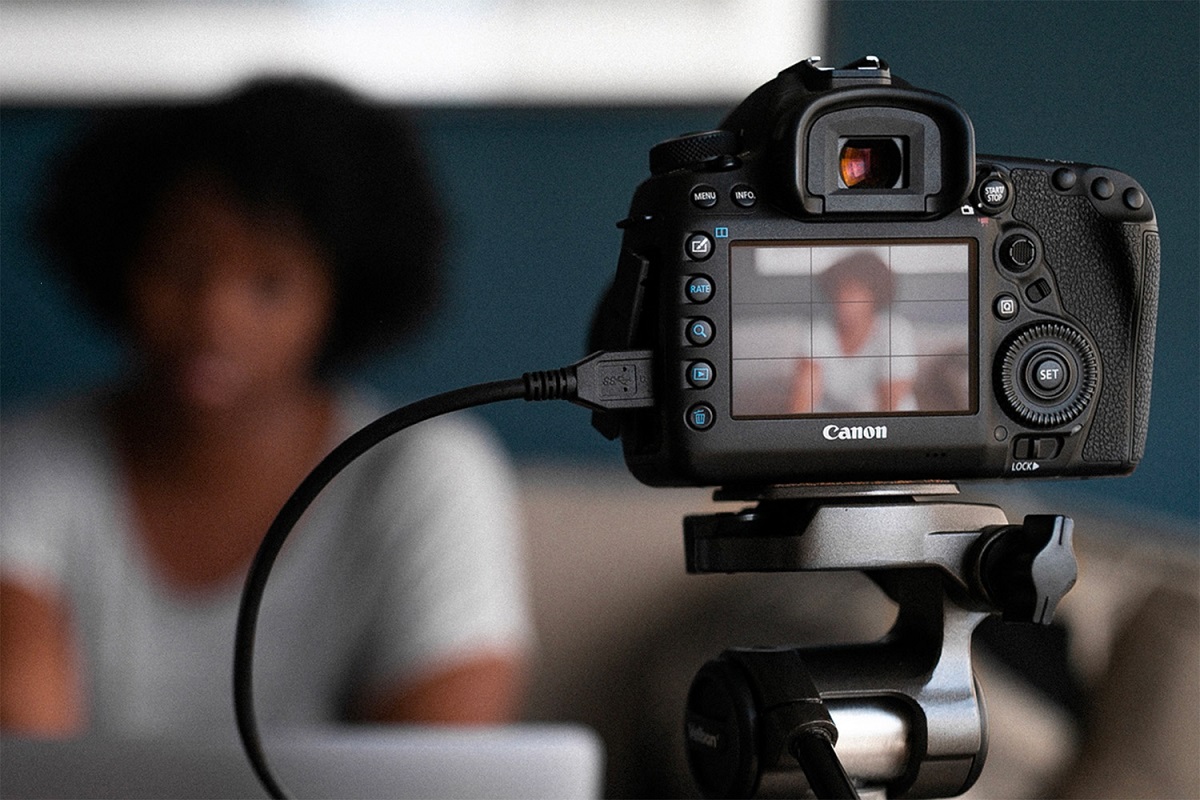Introduction
Packing Your DSLR Camera
When preparing for a trip, one of the most crucial decisions for photography enthusiasts is how to transport their DSLR camera. The last thing you want is for your prized equipment to be damaged or confiscated during your journey. Fortunately, with the right approach, you can safely bring your DSLR camera on a plane and capture stunning memories without any hiccups.
Before delving into the specifics of carrying a DSLR camera on a plane, it’s essential to understand the intricacies of packing it securely. Ensuring the safety of your camera during transit is paramount, and there are several key considerations to keep in mind.
First and foremost, invest in a durable and well-padded camera bag or case that provides ample protection against bumps and jostles. Look for a bag with customizable compartments to keep your camera body, lenses, and accessories snug and secure. Additionally, consider using padded wraps or inserts to shield your gear from potential impact.
Moreover, it’s advisable to remove any detachable components, such as lenses, memory cards, and batteries, and pack them separately. This not only minimizes the risk of damage but also streamlines the security screening process at the airport. Remember to pack your camera’s charger and any essential cables as well, ensuring that you have all the necessary accessories for your photographic endeavors.
Lastly, take the time to familiarize yourself with the airline’s specific guidelines regarding photography equipment. Some airlines have restrictions on the number of lithium-ion batteries that can be carried in checked baggage, so it’s important to be well-informed to avoid any last-minute surprises at the airport.
Packing Your DSLR Camera
When preparing for a trip, one of the most crucial decisions for photography enthusiasts is how to transport their DSLR camera. The last thing you want is for your prized equipment to be damaged or confiscated during your journey. Fortunately, with the right approach, you can safely bring your DSLR camera on a plane and capture stunning memories without any hiccups.
Before delving into the specifics of carrying a DSLR camera on a plane, it's essential to understand the intricacies of packing it securely. Ensuring the safety of your camera during transit is paramount, and there are several key considerations to keep in mind.
First and foremost, invest in a durable and well-padded camera bag or case that provides ample protection against bumps and jostles. Look for a bag with customizable compartments to keep your camera body, lenses, and accessories snug and secure. Additionally, consider using padded wraps or inserts to shield your gear from potential impact.
Moreover, it's advisable to remove any detachable components, such as lenses, memory cards, and batteries, and pack them separately. This not only minimizes the risk of damage but also streamlines the security screening process at the airport. Remember to pack your camera's charger and any essential cables as well, ensuring that you have all the necessary accessories for your photographic endeavors.
Lastly, take the time to familiarize yourself with the airline's specific guidelines regarding photography equipment. Some airlines have restrictions on the number of lithium-ion batteries that can be carried in checked baggage, so it's important to be well-informed to avoid any last-minute surprises at the airport.
Carry-On or Checked Baggage?
When deciding whether to stow your DSLR camera in your carry-on luggage or check it in your larger suitcase, it’s essential to weigh the pros and cons of each option. While both choices have their merits, the nature of your travel and the value of your camera will ultimately dictate the most suitable approach.
Opting to carry your DSLR camera in your carry-on bag offers several advantages. Firstly, it allows you to keep your valuable equipment close at hand, minimizing the risk of loss or damage due to mishandling by baggage handlers. Additionally, carrying your camera in your carry-on luggage enables you to capture spontaneous moments during your journey, whether it’s at the airport, during a layover, or upon arrival at your destination.
On the other hand, if you opt to check your DSLR camera in your larger suitcase, there are certain precautions to consider. While this approach frees up space in your carry-on bag and reduces the weight you need to carry, it exposes your camera to potential rough handling and environmental hazards in the cargo hold. To mitigate these risks, ensure that your camera is securely packed in a sturdy, well-padded case within your checked baggage.
Ultimately, the decision between carry-on and checked baggage depends on your specific travel needs and preferences. If you prioritize easy access to your camera and want to ensure its safety, carrying it in your carry-on bag is the way to go. Conversely, if you’re willing to trade immediate access for reduced carry-on weight and space, checking your camera in your larger suitcase may be the more practical choice.
Security Checkpoint Tips
Passing through airport security with your DSLR camera requires careful preparation to streamline the process and prevent any potential hiccups. By adhering to a few essential tips, you can navigate the security checkpoint with ease and ensure that your camera and accessories remain secure throughout the screening process.
First and foremost, when approaching the security checkpoint, be ready to present your DSLR camera and any related accessories for inspection. To expedite the process, consider organizing your camera bag or case in a manner that allows for easy access to your equipment. This includes placing your camera, lenses, and other accessories in a manner that facilitates quick removal and re-packing after the screening.
It’s important to note that security regulations may require you to remove your DSLR camera from its bag and place it in a separate bin for X-ray screening. Familiarize yourself with the specific guidelines of the airport or transportation security administration to ensure compliance with the screening procedures. Additionally, be prepared to remove any detachable components, such as lenses and batteries, and place them in a separate bin as well.
When interacting with security personnel, maintain open communication and be prepared to explain the contents of your camera bag if requested. Cooperation and transparency can help expedite the screening process and minimize any potential delays. Additionally, be mindful of any special handling instructions for your camera and accessories, especially if they contain fragile or sensitive components.
Lastly, after passing through the security checkpoint, take a moment to carefully repack your DSLR camera and accessories, ensuring that everything is securely stowed and organized. By following these security checkpoint tips, you can navigate the screening process smoothly and embark on your journey with your DSLR camera and gear ready for the adventures that lie ahead.
In-Flight Storage Options
Once you’ve successfully cleared the security checkpoint and boarded the aircraft, it’s essential to consider the best storage options for your DSLR camera during the flight. While ensuring that your camera and accessories remain accessible, it’s equally important to safeguard them from potential damage or loss while en route to your destination.
If you opt to stow your DSLR camera in your carry-on bag during the flight, consider positioning it in an easily accessible compartment to facilitate quick retrieval when capturing in-flight scenes or when you reach your destination. Additionally, ensure that your camera is safely secured within your bag to prevent it from shifting or sustaining damage due to turbulence or sudden movements.
For larger DSLR camera models or those equipped with multiple lenses and accessories, it may be beneficial to utilize a dedicated camera insert or compartment within your carry-on bag. These specialized inserts provide additional padding and organization, safeguarding your camera gear while allowing for efficient access when needed.
Alternatively, if you prefer to keep your DSLR camera within reach at all times during the flight, consider using a camera sling or harness that allows you to carry your camera comfortably and securely. This approach not only ensures that your camera is readily available for capturing moments during the flight but also minimizes the risk of damage that may arise from repeatedly stowing and retrieving your camera from an overhead compartment.
For photographers traveling with multiple cameras or extensive gear, it’s important to assess the available storage options on the aircraft. Some airlines may offer dedicated overhead compartments or storage solutions specifically designed for delicate or valuable items, providing added protection and peace of mind during the flight.
By carefully considering the in-flight storage options for your DSLR camera, you can strike a balance between accessibility and protection, ensuring that your equipment remains secure and ready for use throughout your journey.
Conclusion
Transporting your DSLR camera on a plane requires thoughtful planning and consideration to ensure the safety and accessibility of your valuable equipment throughout your journey. By packing your camera securely in a well-padded bag or case, familiarizing yourself with airline guidelines, and making informed decisions regarding carry-on or checked baggage, you can safeguard your camera from potential damage or loss.
Navigating the security checkpoint with transparency and preparedness is essential for a smooth screening process, allowing you to comply with regulations and protect your camera and accessories. Additionally, carefully assessing in-flight storage options enables you to strike a balance between accessibility and protection, ensuring that your camera remains secure and ready for use during the flight.
Ultimately, the ability to bring your DSLR camera on a plane opens up a world of photographic opportunities, allowing you to capture the beauty and excitement of your travels with precision and creativity. By following the tips and considerations outlined in this guide, you can embark on your journey with the confidence that your DSLR camera will be well-protected and readily available to document the memorable moments that await.







